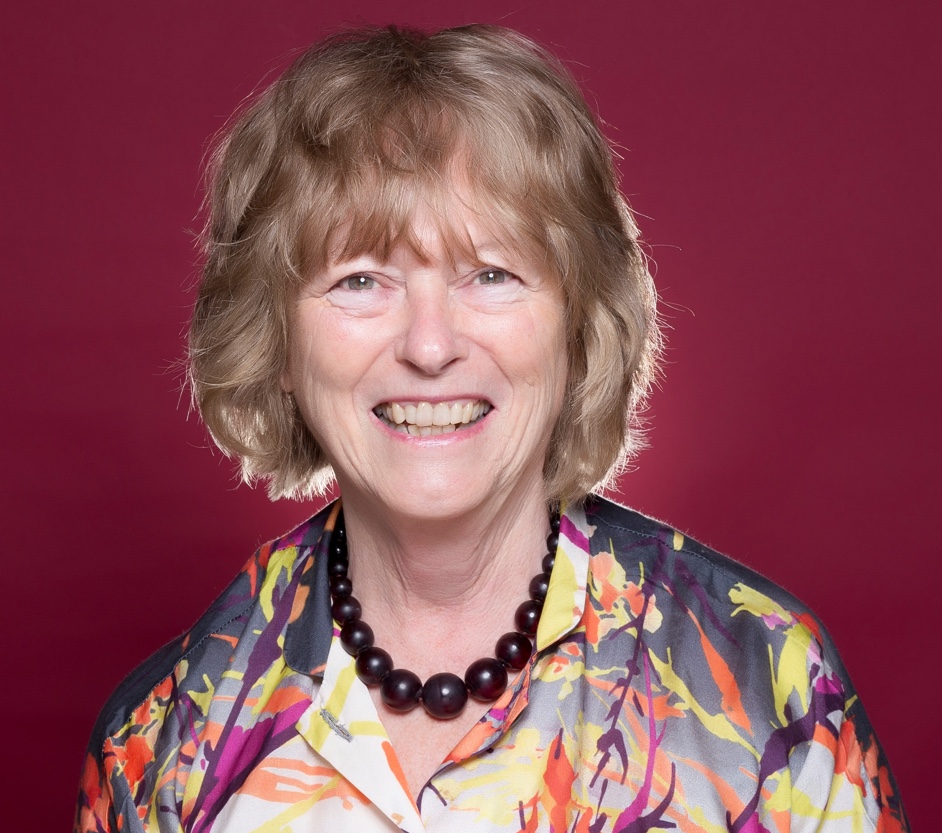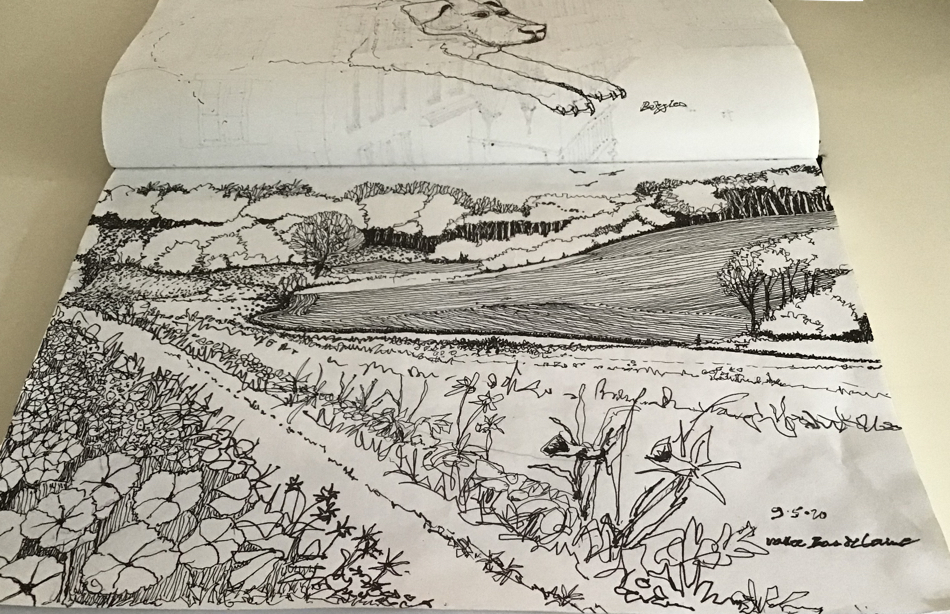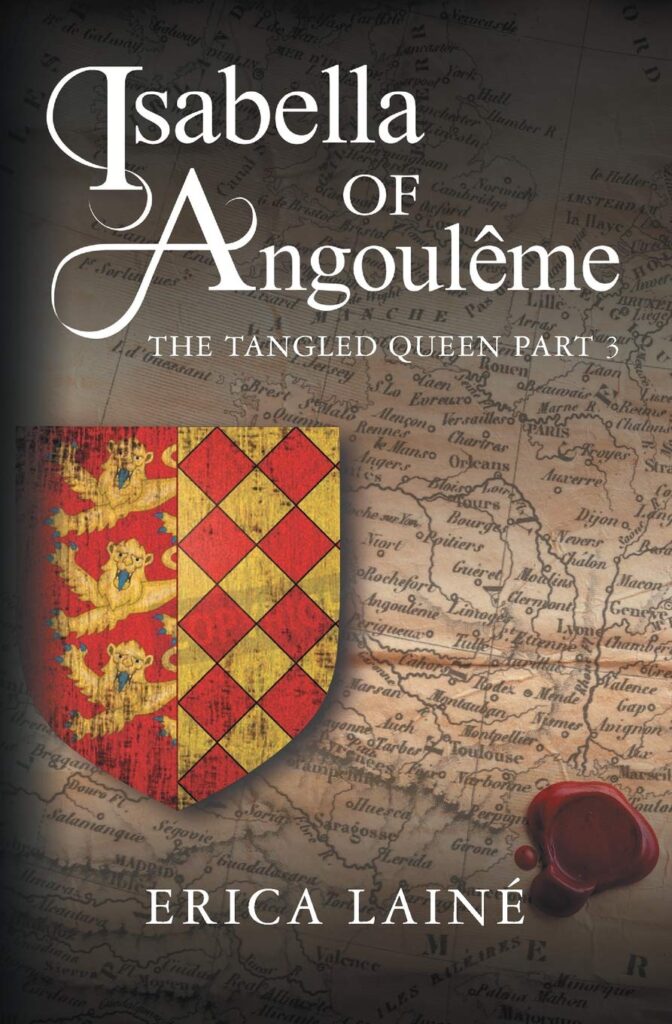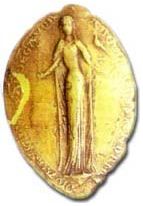 This week’s ‘writer abroad’ is Erica Lainé (or should that be L’Ainé given her family’s origins in the Channel Islands?). She originally trained for the theatre at the Arts Educational School in Tring. Later in London, she worked in the Libraries and Arts department of the London Borough of Camden, running the box office for the Arts Festival and then working as a library assistant for books delivered to people who were housebound. She had to read a huge selection of books so that I could make recommendations and talk to a variety of people about books that they wanted and liked. (What a wonderful excuse!)
This week’s ‘writer abroad’ is Erica Lainé (or should that be L’Ainé given her family’s origins in the Channel Islands?). She originally trained for the theatre at the Arts Educational School in Tring. Later in London, she worked in the Libraries and Arts department of the London Borough of Camden, running the box office for the Arts Festival and then working as a library assistant for books delivered to people who were housebound. She had to read a huge selection of books so that I could make recommendations and talk to a variety of people about books that they wanted and liked. (What a wonderful excuse!)
In 1977, she moved with her husband and two young daughters to Hong Kong where she worked for the British Council – teaching, writing primary school text books and managing English language projects for Chinese teachers of English. She studied for an MA in TEFL (Teaching English as a Foreign Language) at the University of Reading. In 1998, sheI was delighted to be awarded an MBE for her work in Hong Kong. She is now ‘retired’ and lives in South West France. She began writing seriously and creatively in 2011. Erica says, “It was the most wonderful experience to be liberated into the world of imagination and stories.”
Over to Erica!
I first came to this part of France, the north Dordogne or Perigord Vert in 1992, so close to a department line that we are nearly into the Charente. A family holiday from HK and an inkling that we would buy here for post-1997. My husband is an architect so the almost clichéd project, an old fermette and barn to be converted into a house was what we wanted and what we bought. The story of how the conversion was achieved long distance is a small book in itself but everything was finished and ready to live in by the summer of 1997.
 This part of the Dordogne is a benign landscape and a subsidised one. Without the EU Common Agricultural Policy the small farms would not survive and as it is much larger fields are created and hedges taken out. We own almost seven hectares of woodland just five minutes from our house and this will be protected from grubbing out and felling although I did eye up some splendid straight oaks as a possible gift for the rebuilding of Nôtre Dame. The landscape was a huge plus after the metropolis we left behind. HK was a wonderful but frantic place to work and live. Here is tranquillity and soothing images for the eyes. Small valleys that fold in on themselves, gentle hills. This is not the Dordogne of gorges and crags.
This part of the Dordogne is a benign landscape and a subsidised one. Without the EU Common Agricultural Policy the small farms would not survive and as it is much larger fields are created and hedges taken out. We own almost seven hectares of woodland just five minutes from our house and this will be protected from grubbing out and felling although I did eye up some splendid straight oaks as a possible gift for the rebuilding of Nôtre Dame. The landscape was a huge plus after the metropolis we left behind. HK was a wonderful but frantic place to work and live. Here is tranquillity and soothing images for the eyes. Small valleys that fold in on themselves, gentle hills. This is not the Dordogne of gorges and crags.
We settled down and gardened, walked and adapted to a slower pace of life, although J (my husband) started a small architectural practice, and I had a writing commission for the education department in HK. I also taught a small group of English school children who wanted to keep their mother tongue skills alive in extensive and creative reading and writing.
One of the local history societies, specialising in introducing French history to English speaking residents, ‘An Aquitaine Historical Society’, asked me if I would take over as president. And so began nearly 20 years of monthly talks, study groups, bring and share lunches, outings to all sorts of places of historical interest. Nearly a hundred members, and a lively group they proved to be! And I was now learning a great deal about local and national French history. This was all very new to me indeed. The history of Normandy was a study group subject and when I read that the loss of Normandy was attributed by chroniclers to Isabella of Angoulême, the wife of King John, I was startled. Angoulême is forty minutes away. Why didn’t I know about her?
I began researching. Articles in English and French on the web, letters, charters, the Magna Carta project, references in the histories of 13th century Anglo Angevins, maps, Books of Hours, and not least, fictional accounts where she was usually a minor player.
 I began to write her life as I wanted it to be told. What intrigued me was that after she returned to France as a widow, leaving her children by John behind, no one seemed to be bothered about her anymore. And yet notable historians Nicholas Vincent and W. C. Jordan saw her as hugely influential and important. The more I researched and discovered, the more the local landscape and small towns became alive, names unchanged since the 1200s. I could trace a route she would have taken, find old roads that linked important towns named in charters, granting Isabella dowry rights; Niort and Saintes. There were old memories in the marshland around La Rochelle or the stony soil that stretched between rivers.
I began to write her life as I wanted it to be told. What intrigued me was that after she returned to France as a widow, leaving her children by John behind, no one seemed to be bothered about her anymore. And yet notable historians Nicholas Vincent and W. C. Jordan saw her as hugely influential and important. The more I researched and discovered, the more the local landscape and small towns became alive, names unchanged since the 1200s. I could trace a route she would have taken, find old roads that linked important towns named in charters, granting Isabella dowry rights; Niort and Saintes. There were old memories in the marshland around La Rochelle or the stony soil that stretched between rivers.
One wonderful discovery was that the gold matrix for her seal is in the archives in Angoulême and the archivist sent me an excellent image to use on the cover of book two of The Tangled Queen. For Isabella took her queen’s seal back with her to France and used it always. In Angoulême you can see the château that she and her second husband enlarged as their fortunes grew. It is very close to the cathedral where she was married to John in August 1200 and from where they sped north as quickly as they could, for he had snatched her from the Lusignans. The Lords of Lusignan, powerful and important too and who was Isabella’s second husband? Hugh Lusignan.
All over the Poitou, châteaux belonged to them and the legend of Melusine is remembered in all. But for me it is Isabella who is remembered, and without coming to live in France I would never have discovered her and written the trilogy.
I drive to places she knew, I ponder on sites of old skirmishes, of buildings where she encountered hostility, and reflect over her tomb in Fontevraud. On this tomb, her arms, as Queen of England, the red and gold lozenges of Angoulême and the three lions of England, impaled or joined together. But she was definitely The Tangled Queen!
—————
Connect with Erica
Website: https://ericalainewriter.com/
Facebook: https://www.facebook.com/ericalaineauthor/
Twitter: https://twitter.com/LaineEleslaine @LaineEleslaine
—————
Read about Isabella of Angoulême, The Tangled Queen
 The thirteenth century is a chaotic time of struggle for the mastery of France and England.
The thirteenth century is a chaotic time of struggle for the mastery of France and England.
A very young king on each throne.
Precarious power for each one.
Isabella of Angoulême, Queen of England, Countess of Angoulême, Countess of la Marche, the widow of King John and the new wife of the powerful Hugh Lusignan, is as ambitious, proud and as wilful as ever.
In England, her son Henry III looks longingly to the lands in France that his father lost.
Can he reclaim them? Will his mother help him?
Her plans and schemes never cease as she builds alliances to bring her new family power and territory.
The Tangled Queen Part 3 is the final story of her determination to claim her place in France at last, to be seen as a queen at all times.
Who will stop her? Who can stop her? She will not be thwarted.
Buy all of Isabella of Angoulême’s story here: Amazon UK Amazon US
Alison Morton is the author of Roma Nova thrillers – INCEPTIO, CARINA (novella), PERFIDITAS, SUCCESSIO, AURELIA, NEXUS (novella), INSURRECTIO and RETALIO, and ROMA NOVA EXTRA, a collection of short stories. Audiobooks are available for four of the series. Double Identity, a contemporary conspiracy, starts a new series of thrillers.
Find out more about Roma Nova, its origins, stories and heroines and taste world the latest contemporary thriller Double Identity… Download ‘Welcome to Alison Morton’s Thriller Worlds’, a FREE eBook, as a thank you gift when you sign up to Alison’s monthly email newsletter. You’ll also be among the first to know about news and book progress before everybody else, and take part in giveaways.














Leave a Reply